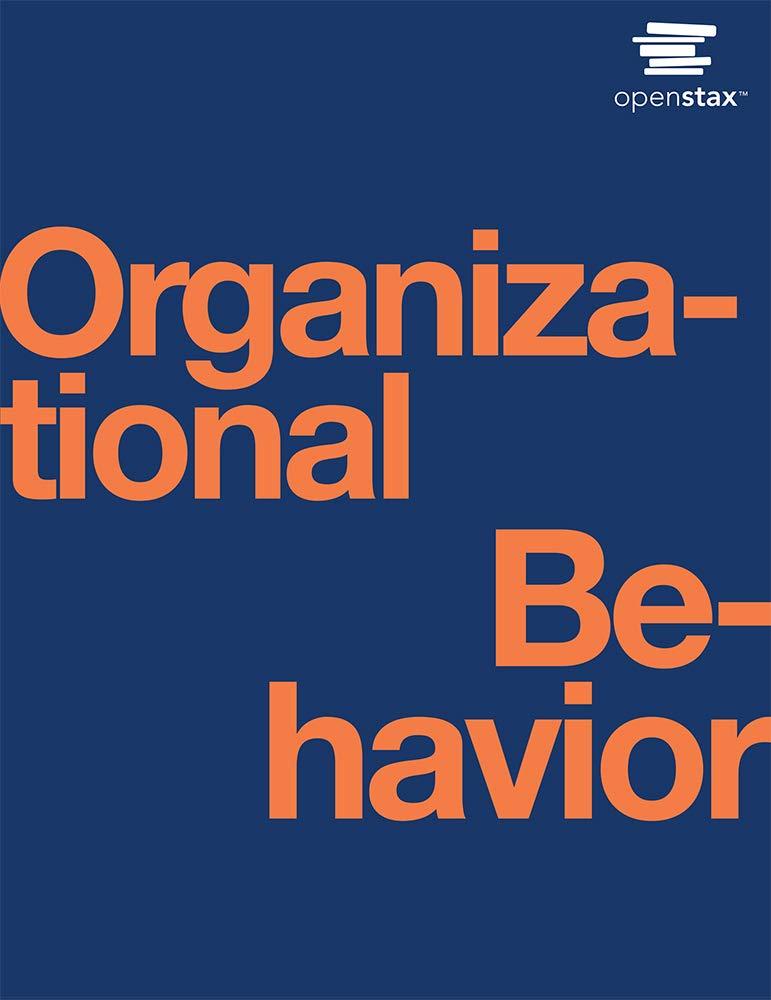A good example of the strategic contingencies approach to the study of power and politics can be
Question:
A good example of the strategic contingencies approach to the study of power and politics can be seen in a consideration of organizational innovation. It has long been recognized that it is easier to invent something new from outside an organization than to innovate within an existing company. As a result, a disproportionate share of new products originates from small businesses and entrepreneurs, not the major corporations with all the resources to innovate. Why? Much of the answer can be found in politics.
When a person or group has a new idea for a product or service, it is often met with a barrage of resistance from different sectors of the company. These efforts are motivated by the famous “not invented- here syndrome,” the tendency of competing groups to fight over turf, and the inclination to criticize and destroy any new proposal that threatens to change the status quo. Other groups within the company simply see little reason to be supportive of the idea.
This lack of support—indeed, hostility—occurs largely because within every company there is competition for resources. These resources can include money, power, and opportunities for promotion. As one consultant noted, “One person’s innovation is another person’s failure.” As a result, there is often considerable fear and little incentive for one strategic group within a company to cooperate with another. Because both groups usually need each other for success, nothing happens. To the extent that politics could be removed from such issues, far more energy would be available to capitalize on an innovative idea and get it to market before the competition.
Question
1. What is politics and political behavior in organizations?
Step by Step Answer:






